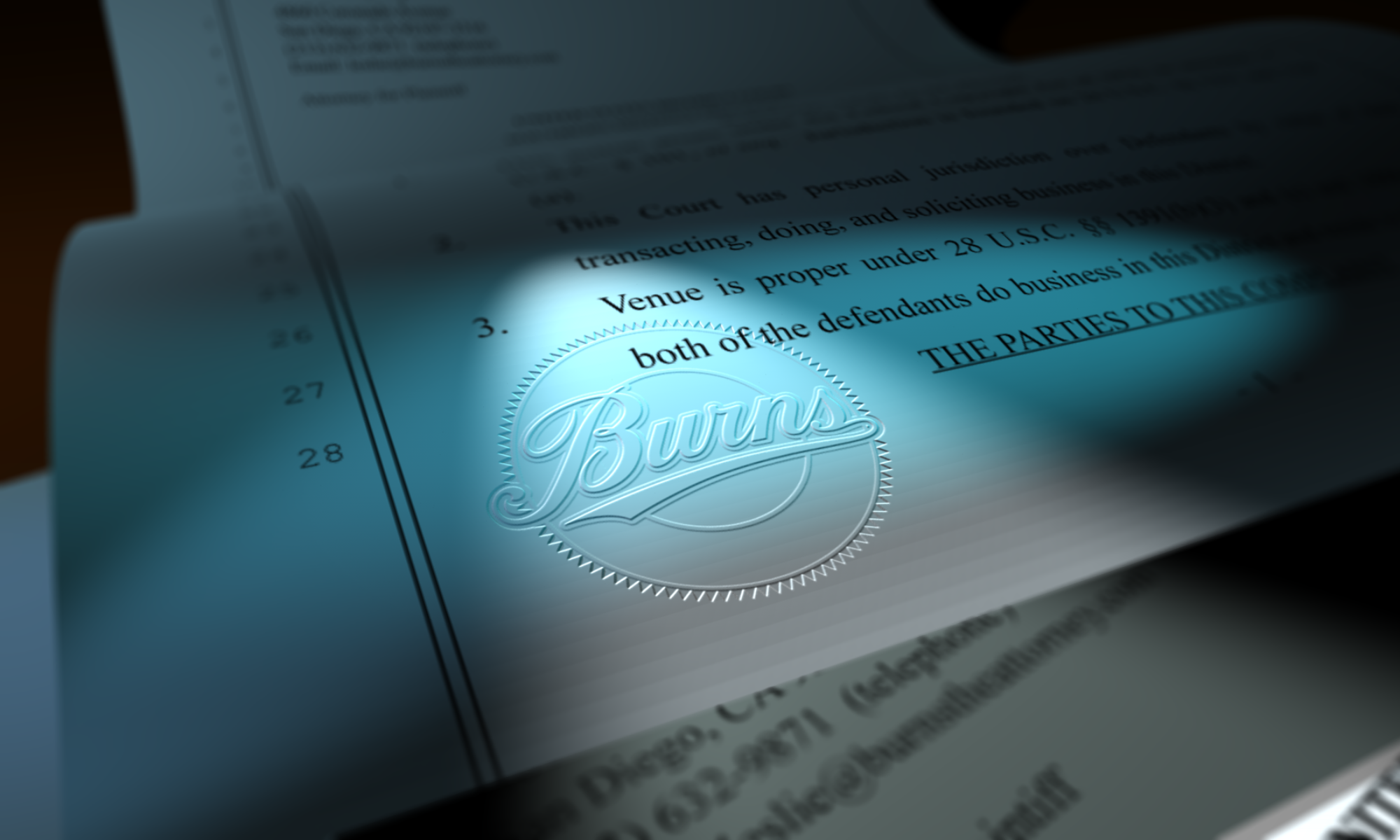Yesterday evening, I read a Facebook post by a photographer. The long post was all about releases and what he does or, more accurately, does not do. After the post there were several comments thanking him for his advice and help. The problem? It was bad advice. He got a lot of the law wrong and his legal advice is going to end up hurting others who rely on it.
This photographer, like some others, hasa side business offering advice to other photographers. I think that’s a great idea: teaching photographers about how to estimate and market or how to light is a great alternate revenue stream. Creative professional organizations like APA, AIGA, and the GAG regularly offer seminars/webinars and workshops with peers teaching peers how to be better pros. These are generally great programs and they can really help you be more successful.
However, when it comes to legal things, leave it to us lawyers.
I’ve written about this before, back in 2011. Back then I was a “baby lawyer,” freshly barred and idealistic. I’ve got lots more experience now and, probably surprisingly to some, I still have that idealism. I believe that we should leave medicine to doctors, taxes to CPAs, architecture to architects, and law to the lawyers. There is a reason that these professions (and some others) require all sorts of hoop-jumping to get and keep a license.
Now, that doesn’t mean you shouldn’t inform yourself as well or that as a layperson you can’t have a good level of knowledge on the law (or medicine, etc.). I encourage and try to teach my own clients to understand the law as it relates to their matters. But that is one of the big differences between a pro and a layperson: I understand that each matter, each case, is its own thing and my advice is for that person on that matter. Many laypeople who offer their well-meaning advice don’t get that what they learned from experiencing their own legal matteroften won’t apply to others’. They end up giving poor advice and that hurts people. Oh, and don’t get me started on how it can actually be illegal as well (the unlicensed practice of law is just as serious as the unlicensed practice of medicine, etc.).
Anyway, you all knowpeople think they are qualified but really aren’tin your own fields, too. People who can change a font in Word think they knowdesign. Anyone is a photographer because s/he can use a digital camera (or just an iPhone!). Someone with a hot glue gun is an artist. It’s frustrating! You as a pro know (or should know!) that the experience and education (and talent) you have is what makes you a pro. You know you bring a depth of knowledge to any of your projects that laypeople do not have. You correctly want to be respected and valued for your professionalism. Great! You should!
All I ask is that you do the same for other professions, including mine.
